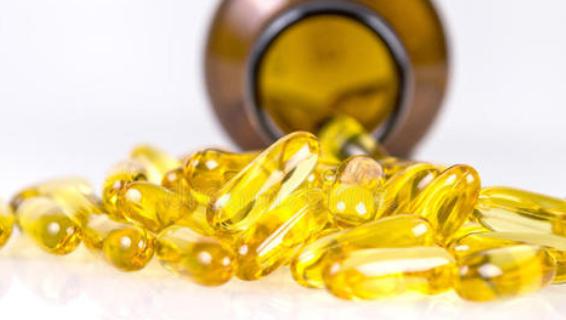The Composition of Fish Oil
1. Fish Species
The main reason for looking at the fish oil category is that the pollution of deep-sea fish is small. It is safer to choose fish with a short growth cycle as the raw material of fish oil. Heavy metals will increase with the extension of the growth cycle. Fish oil is usually made of sea anchovy, sardines, mandarin fish, anchovies, cod, salmon, etc. The fish oil from these fishes is safer than the fish oil from sharks and seals.

2. Origin of Fish Oil
The origin of fish oil is an important factor. Some products can query the source in FOS. Friend of the Sea was founded in 2006 by Paolo Bray. He is the director of the International Program-Dolphin Safety Program/Earth Island Institute. The "Friend of the Sea" certification is an incentive for sustainable practices in fisheries, aquaculture, fish meal and Omega 3 fish oil. For our consumers, if there is this certification, every fish oil can be traced back to its source. Reporters from all over the world flocked to Norwegian fishing grounds during the epidemic to reveal the poor farming environment there. Japan's Hokkaido fishing ground, Canada's Newfoundland fishing ground, Britain's North Sea fishing ground and Peru fishing ground are all good. At present, Peru is the largest fishing ground in the world that produces fish oil raw materials. The advantage of Peru fishing grounds lies in the cold snap. Cold snap is the best fishing ground for Omega-3 fish.
3. Composition and Specific Gravity of Fish Oil
Generally speaking, about 30% of fish oil is composed of Omega-3, while the remaining 70% is composed of other fats. Usually, the purity of pharmaceutical grade fish oil Omega-3 will be greater than 85%. Speaking of fish oil, everyone knows that it is the main animal source of Omega-3. Omega-3 is a kind of fat we need to keep our best health. It cannot be produced in the body. And it must be obtained from our diet or supplements. Omega-3 contains docosahexaenoic acid and eicosapentaenoic acid. They are essential fatty acids beneficial to human body. Therefore, we should pay attention to the concentration of Omega-3 in fish oil. The higher the concentration of Omega-3, the more we can achieve the purpose of taking it. The U.S. Food and Drug Administration has approved four prescription drugs for fish oil. They are Lovaza, Vascepa Epanova and Omtryg.

4. Are There Any Other Foods Containing EPA and DHA
Both DHA and EPA are omega-3 fatty acids. They are naturally found in cold water fish, including salmon, sardines, herring, mackerel, black cod, and blue fish. These are the best dietary sources of omega-3 fatty acids, as well as fish oil capsules. But some other foods do contain small amounts of omega-3 fatty acids.
These products include beef, mutton, eggs and products rich in fish oil, including margarine, bread and eggs. The content of omega-3 in these foods is far lower than that in fish and seafood, with only 20 mg to 125 mg per serving.

